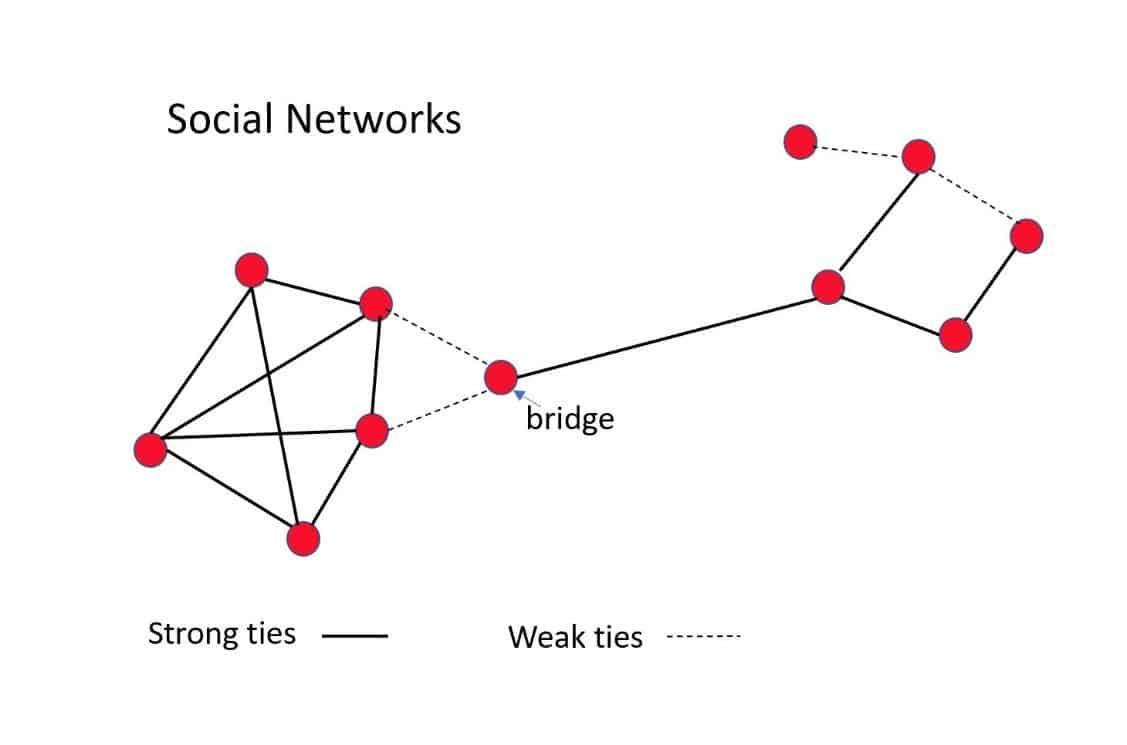An introduction to the First Home Savings Account (FHSA)
A First Home Savings Account (FHSA) is a savings account from the Federal Government that is set to be available for Canadians in 2023. It allows individuals to save money for their first home purchase, providing tax benefits and other incentives to help them afford a home.
FHSAs are typically designed to be flexible, easy to use, and tax-free with features like automated transfers from your regular chequing account and the ability to easily track your progress toward your goal.
The Tax-Free First Home Savings Account is a new type of account that works much like an RRSP or TFSA because it combines the features of both. For example, when you contribute to your FHSA, your taxable income will decrease by the same amount for that year.
Additionally, when you withdraw from your FHSA, that money will be tax-free. If you are thinking about buying your first home, a First Home Savings Account can be a great tool to help you achieve that goal.
Eligibility for the First Home Savings Account
The Federal Government created FHSAs as a saving tool to encourage Canadians to put away more money towards buying their first home and prepare themselves financially for this major life change. Some of the eligibility requirements include:
- Must be Canadian residents, at least 18 years old.
- You cannot own a home in the calendar year that the account is opened nor in the 4 years preceding that.
- The FHSA account is meant for primary residences and not investment or leisure properties.
- You can have more than one FHSA, but you cannot exceed your yearly or total contribution limit.
Contribution rules for the First Home Savings Account
The FHSA works very similarly to an RRSP or TFSA, with a few key differences. You will need to open an account with any Canadian financial institution or bank that offers these accounts. You can expect different banks to offer different products with different fees and services. Once you open an FHSA, some of the contribution rules will include:
- A contribution limit of $8,000 per year with a maximum lifetime contribution limit of $40,000.
- The unused contribution room in this account cannot be carried forward.
- You will NOT pay any taxes on capital gains or interest earned in these accounts because they are tax-free.
- Any contributions you make to these accounts can also lower your taxable income by an equal amount.
How can you withdraw funds from your First Home Savings Account?
- No tax consequences if the withdrawal is for the purchase of a first home. The FHSA must also be closed within 1 calendar year of the first withdrawal, and the holder of the account will no longer be eligible to open another FHSA.
- Withdrawals that are not related to a first-time home purchase will be considered taxable income.
- FHSA withdrawals do NOT need to be paid back.
- You cannot use both the Home Buyer's Plan from an RRSP and FHSA for the same home purchase.
What happens if you don't use the FHSA to purchase a first home?
- If the funds in your FHSA are not used within 15 years of opening the account, you will need to close the account or the funds within can be transferred to a Registered Retirement Savings Plan (RRSP)
- As the account holder, you can transfer the funds from within to an RRSP or a Registered Retirement Income Fund (RRIF), tax-deferred. When you withdraw the amount from these other accounts, the taxes will be paid as normal.
- If you transfer funds from your FHSA to an RRSP or RRIF, you will not be limited by the RRSP contribution room.
Other plans and programs for home buyers in Canada
- The Home Buyers' Plan (HBP) - Opens in a new window is a program that allows home buyers to borrow up to $35,000 from their RRSPs towards the purchase of your first home under certain conditions. Tax deductions on interest earned apply only to those who pay tax on their income.
- The First Time Home Buyer Incentive (FTHBI) provides eligible buyers with 5% or 10% off the price of the home they're buying, which can mean big savings for buyers. To qualify for this program, you must have purchased or plan on purchasing a resale or new build home that is less than $500,000.
- The Home Buyer's Tax Credit (HBTC) is a non-refundable tax credit that provides buyers with $10,000 for the purchase of an existing home, which would provide up to $1,500 in tax relief to eligible home buyers. The HBTC is a small rebate that can help recover some of the costs associated with first-time home buying.





